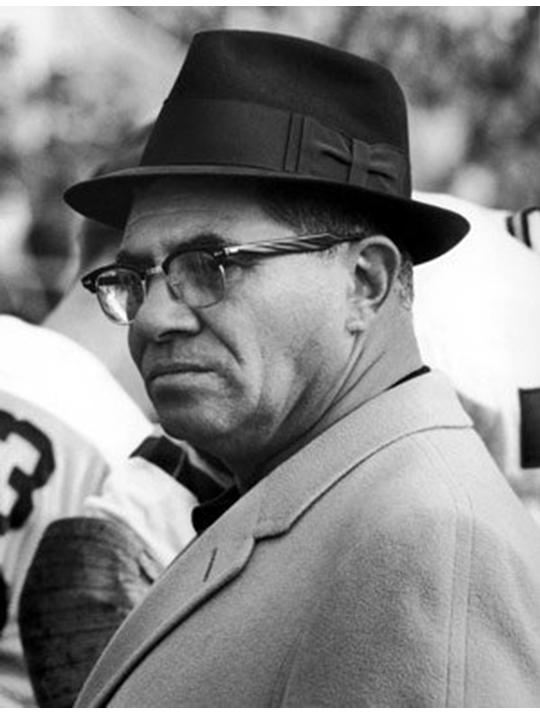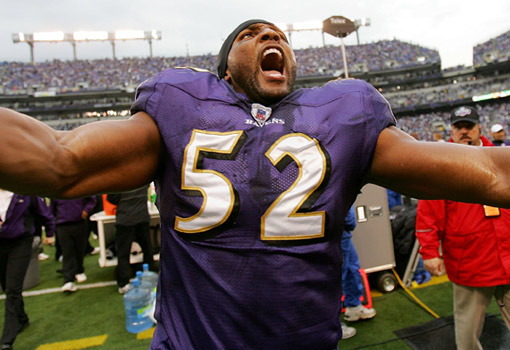Over the weekend I made a trip up to Stamford, CT to attend Ryan Lee’s Continuity Summit 3. For those of you that don’t know Ryan, he’s successful marketing coach with roots in the fitness industry.
It’s funny that some people in the fitness industry genuinely blame Ryan for the unscrupulous use of his information. Undoubtedly, this is a serious problem. As I mentioned in Internet Hockey Training Experts, there are lots of people claiming to be experts in the area of hockey training that are happy to take your money for low-quality products and services. In fact, I’ve received “networking” emails from a few of them. My responses generally go:
“I get a lot of emails from guys that sell products online, but don’t actually train people for a living. I’m not interested in pursuing joint ventures with people that are deceptive about their expertise.”
Sometimes I get a response; often times I don’t. That said, blaming Ryan for people using his information the wrong way is completely insane. It’s like a player coming to train at Endeavor Sports Performance, getting ridiculously fast, and then boarding someone from behind their first game back on the ice and a parent saying, “Kevin should really be more selective about who he trains.” C’mon.
Ryan has been a huge help to me over the years, and I was really looking forward to this weekend. I feel at home being surrounded by entrepreneurs; it’s energizing to be in a room full of people relentlessly pursuing their dreams. That said, I almost didn’t make the trip. I woke up Thursday morning after my 7th consecutive night of less than 6 hours of sleep (<8 hours results in a statistically significant decrease in my pleasantness), went into Endeavor and coached hockey groups at 8:30, 10:00, 11:30, 1:00, 3:00, and 4:30 and was completely floored at 6 when it was time for me to start heading North. I’m glad I sucked it up and made the trip because I feel completely rejuvenated now.
While the main focus of the Summit was on finding ways for business owners to add value to their products and services to better serve their clientele, there were a few take homes from the seminar that I think apply directly to hockey training and player development. Stealing the analogy of becoming a rockstar from Ryan’s presentation…
5 Tips for Becoming a Hockey Training Rockstar
1) Be Passionate
Passionate people have a better vision of how short-term sacrifices lead to greater long-term gains and generally accomplish more than their peers. In terms of hockey training, there are no quick fixes. The only way to succeed is to have a clear vision of where you want to go and consistently take steps toward getting there. This isn’t always easy, but is ALWAYS worth it. On a personal note, I’ve never really been good at anything (insert sad face here). The whole idea of “natural” ability alludes me. In the areas of my life where I’ve found success, it’s been because I knew exactly what I wanted and I’ve pursued it with an absolutely insatiable drive and a failure to recognize failure as an option. This is one of the reasons why I vibe so well with other passionate, driven people in any field, and why I pursued a career in helping like-minded players fulfill their goals and achieve their dreams. While the 4 tips to come hold merit, everything stems back to being passionate. Passion is the fuel that feeds the fire of success.
I get chills every time I watch this
2) Have Integrity
Integrity is simply doing the right thing, even when no one is watching. The most sorry kids on every hockey team are the ones that jump in the front of the line and work hard when the coach is watching and then screw around and loaf when the coach isn’t. These players have no respect for themselves, their coach, their teammates, or the game, and will inevitably fail to develop (or adjust their attitude). Doing the little things right is important. In a hockey training setting, things like foam rolling, static stretching, diaphragmatic breathing exercises, etc. aren’t the “sexiest” training strategies, but they’re just as important as everything else. As a coach, I can’t babysit every player throughout every part of their training. They need to take ownership of their program and do what’s expected of them. In reality, it’s their development that’s at stake. The players that do the little things right ALL the time, will find more success over the long run.
“Winning is not a sometime thing: it’s an all the time thing. You don’t win once in a while; you don’t do the right thing once in a while; you do them right all the time. Winning is a habit. Unfortunately, so is losing.” – Vince Lombardi
Check back in a couple days for part 2!
To your success,
Kevin Neeld





